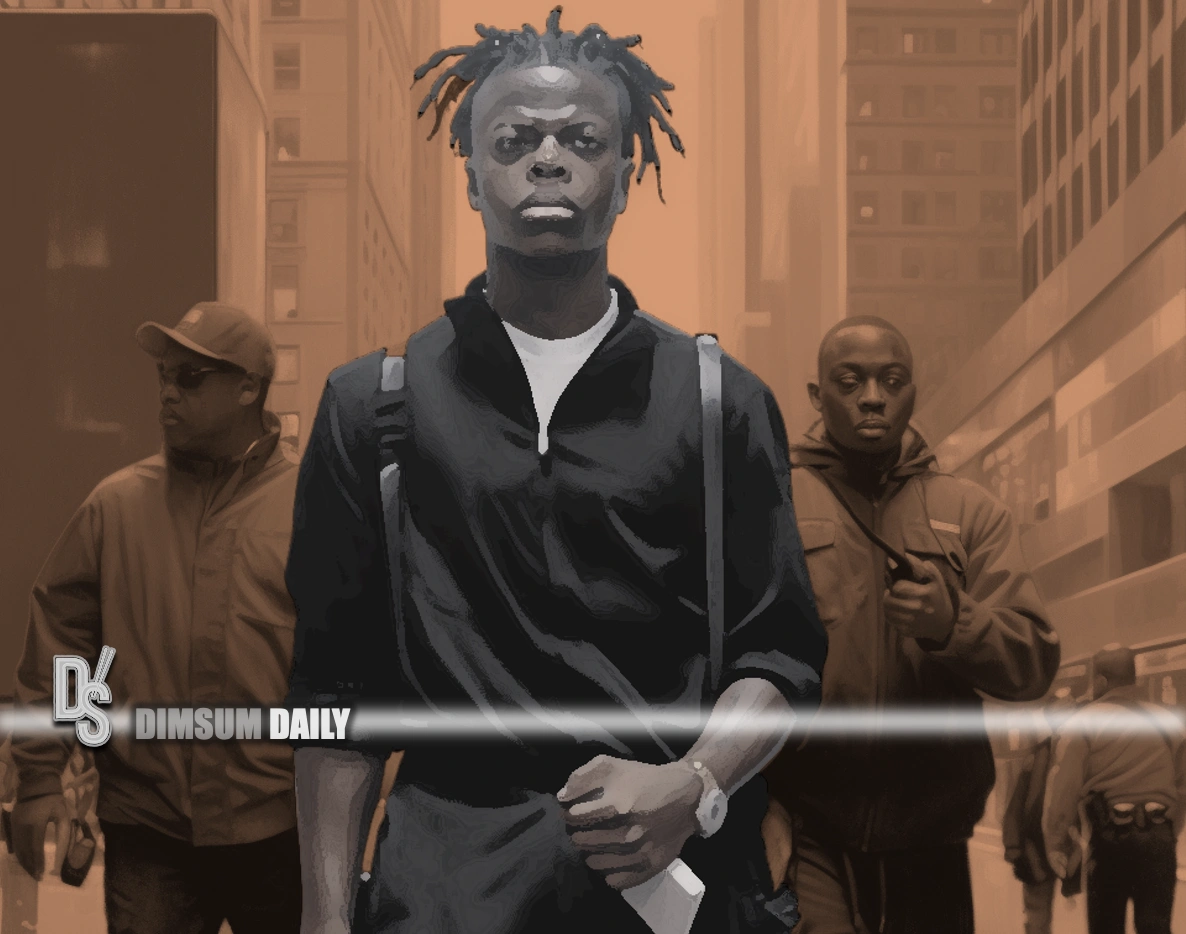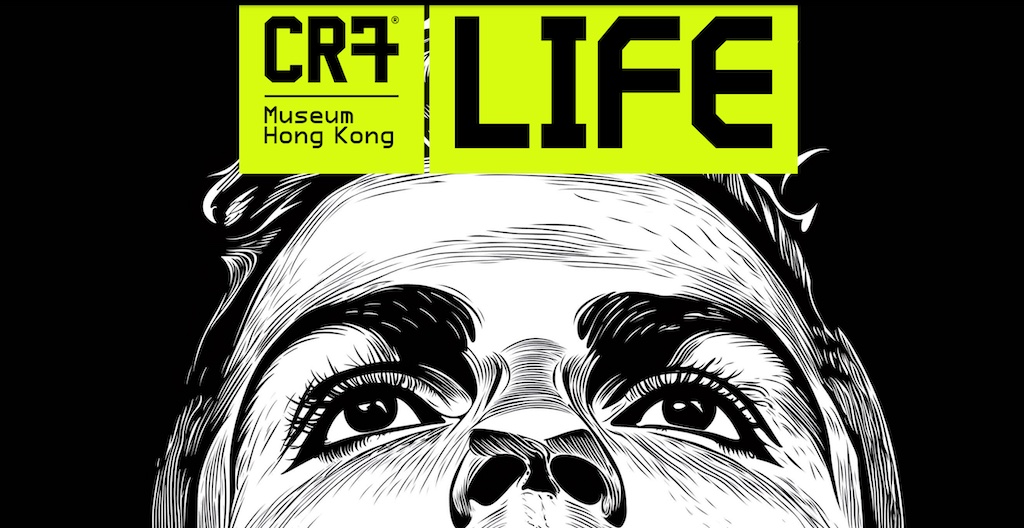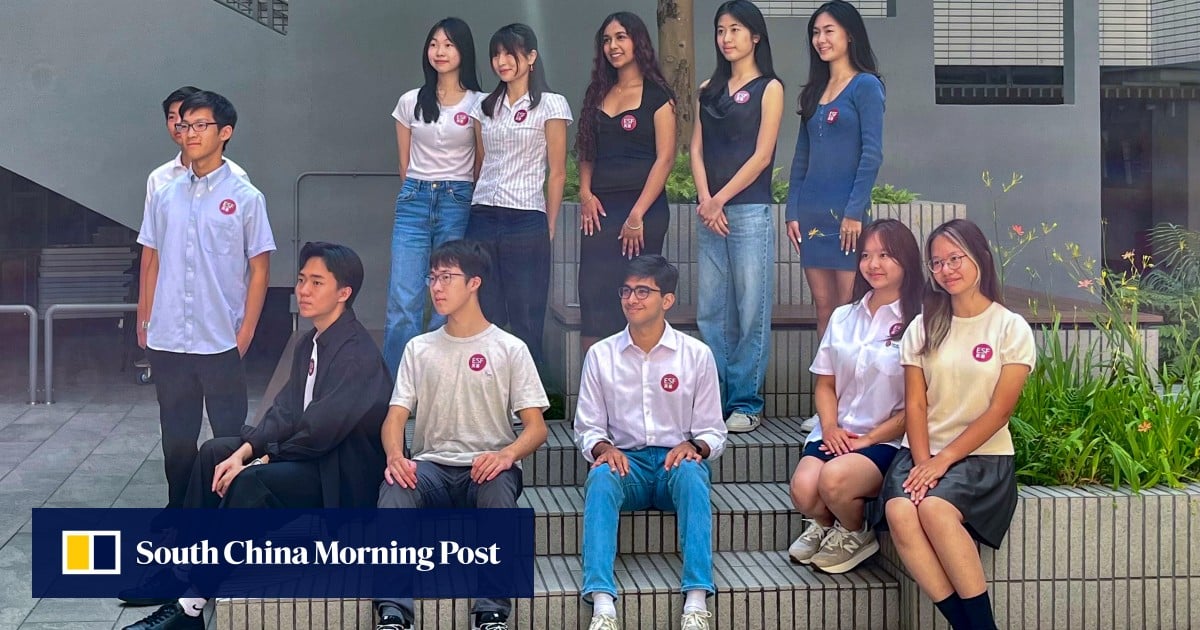4th April 2025 – (Hong Kong) The scene at Hong Kong’s Tin Hau MTR station on Friday could have been ripped from a fever dream. A turnstile lay mangled, trampled by a surging crowd of teenagers. Fans sprinted down escalators, shoved past commuters, and hurled themselves at buses—all to catch a glimpse of a 20-year-old Ohio native in a Hong Kong football jersey. Darren Watkins Jr., better known as IShowSpeed, had become the unwitting architect of urban chaos, not through malice, but through sheer gravitational pull. His crime? Existing as Gen Z’s id incarnate.
This was no ordinary celebrity frenzy. Speed’s Hong Kong arrival—livestreamed to 8.7 million concurrent viewers—followed a Mainland tour where he backflipped on the Great Wall, sparred with Shaolin monks, and test-drove a BYD EV while waxing lyrical about China’s 5G speeds. State media lauded him as a bridge between cultures; Beijing officials framed his antics as grassroots diplomacy. Yet the real revelation lay in his audience: a generation raised on algorithmic chaos, for whom Speed’s unfiltered id isn’t just entertainment—it’s a manifesto.
Gen Z’s obsession with Speed defies conventional fandom. He is neither a traditional influencer nor a curated persona. His streams—part travelogue, part primal scream therapy—reject the sanitised aesthetics of Instagram or TikTok. When he boarded a Hong Kong tram because it featured a Cristiano Ronaldo ad, the ensuing scramble wasn’t staged for virality; it was a dopamine grenade lobbed into the feed. For a generation weaned on performative authenticity, Speed’s lack of filter is the ultimate luxury.
His Indonesia livestream hit 1 million concurrent viewers, a record for solo content. Mainland clips of him reacting to Sichuan Opera’s fire-spitting rituals racked up 10 million views in hours. These aren’t metrics—they’re cultural events. Where legacy media sees a loud American in a panda hat, Gen Z sees something radical: a human algorithm, reacting in real-time without a PR team’s sanitising hand.
Speed’s Hong Kong meltdown—fans storming Ocean Park, mobbing trams—mirrors a deeper Gen Z pathology: the erosion of private and public spheres. To his followers, chasing him through rush-hour streets isn’t harassment; it’s participatory content. The damaged turnstile? A relic of a pre-digital world where physical barriers still mattered.
This isn’t mere fanaticism. It’s the logical endpoint of platform capitalism, where every human interaction is monetisable. Speed’s genius lies in weaponising this dynamic. His streams aren’t broadcasts—they’re collaborative hallucinations. When he mispronounces “Ni Hao” or gawks at Hong Kong’s bilingualism, the joke isn’t on him; it’s with him. The line between star and spectator dissolves.
Inadvertently highlighting the marvels of China’s infrastructure, Speed serves a more nuanced purpose: he exemplifies the contrast to the ideals of individualism and excess often associated with American culture, which some view as reflective of societal decline. Simultaneously, he stands as a testament to China’s burgeoning cultural influence on a global stage—a paradox he may not fully appreciate. It’s a paradox even he doesn’t grasp.
His Hong Kong jersey stunt was particularly potent. By wearing local colours while livestreaming to millions, Speed—unwittingly or not—normalized the SAR’s place within China’s orbit. No PSA could achieve what organic, chaotic fandom did: make patriotism look cool.
Detractors call Speed’s fans “feral,” but that misses the point. Gen Z’s obsession isn’t about him—it’s about what he represents: the death of decorum as a social currency. In a world where Logan Paul films suicides and Johnny Somali taunts Hiroshima survivors, Speed’s sins seem quaint. His “crime” isn’t rudeness; it’s refusing to apologize for existing unedited.
Hong Kong’s chaos wasn’t an aberration. It was Gen Z’s live-action roleplay of digital culture—boundless, impulsive, and utterly devoid of offline etiquette. The turnstile didn’t break because fans lacked manners. It broke because, to them, reality has no rules. Speed will move on. The turnstile will be repaired. However, the lesson remains: Gen Z doesn’t want ambassadors. They want mirrors—preferably ones that scream, backflip, and occasionally flash millions of viewers.


